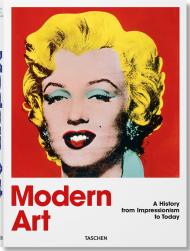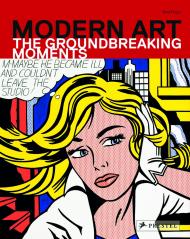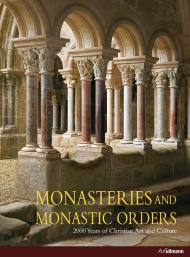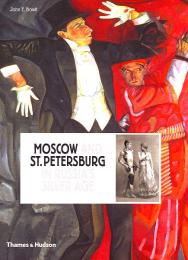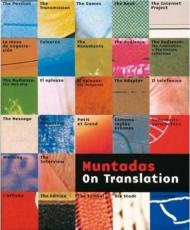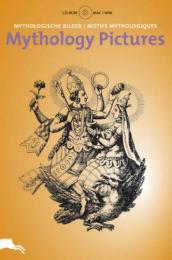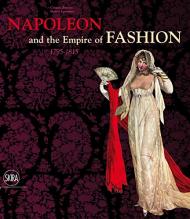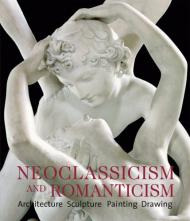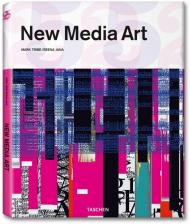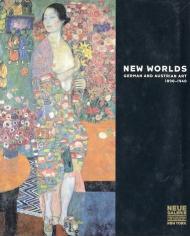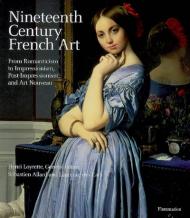• Charts the whole history of art from the earliest carved stone to the latest media
• Takes a truly global picture, connecting different cultures across time and space
• Hundreds of works are discussed and illustrated, showing how art uniquely reflects the world in which it was produced
Julian Bell has excitingly chosen a global perspective, setting up juxtapositions that will challenge and enlighten readers: dancing bronze figures from southern India, Romanesque sculptures, Baroque ceilings and Persian manuscripts are discussed side by side as extraordinary testaments to our universal creative instinct.
With an insider’s knowledge and an unerring touch, Bell draws these diverse strands into a beautifully written, lucid and compelling account.
Both a perfect introduction to wider art history and a glimpse inside the artistic mind, this groundbreaking narrative will become a touchstone for a new generation of readers.
Издательства
- Thames & Hudson (56)
- Rizzoli (24)
- Prestel (18)
- Phaidon (17)
- Taschen (12)
- ACC Art Books (9)
- Amber (7)
- PIE Books (5)
- Scripta Maneant Editori (5)
- Skira (5)


